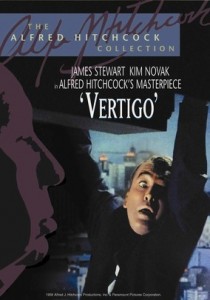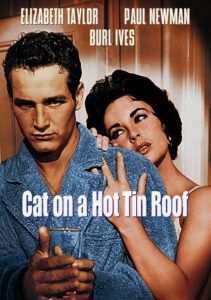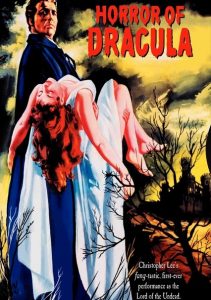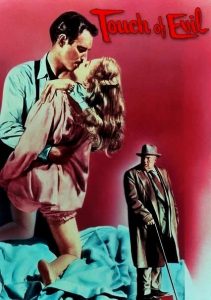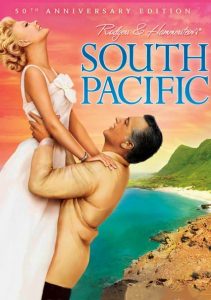Vertigo-1958
Director Alfred Hitchcock
Starring James Stewart, Kim Novak
Top 250 Films #1
Scott’s Review #151
Reviewed August 7, 2014
Grade: A
Over the years, Vertigo (1958) has quickly become one of my favorite Alfred Hitchcock films. With each repeated viewing, I learn, appreciate, or see something new.
It is an absolute masterpiece.
The primary appeal of Vertigo lies in its mystique and dream-like quality, which offer a beautiful cinematic experience. It is sometimes ominous, psychological, gloriously complex, and even confusing.
That is what makes it extraordinary.
Considering the time, the colorful opening visuals are dynamic, groundbreaking, and stunning.
The story involves a retired detective, Scottie, played by Hitchcock stalwart Jimmy Stewart. Scottie suffers from vertigo, which hinders his daily life.
After an incident in which a police officer is killed, and Scottie blames himself and his vertigo for causing the death, he whiles away the days brooding and keeping companionship with Midge, a college friend to whom he was once engaged.
One day, he is hired by another college friend to follow his wife, played tremendously by Kim Novak, who is acting strangely and periodically disappearing, obsessed with a painting of a woman from years past.
From this point, the plot twists and turns in a mysterious fashion, and a romantic, bizarre, and obsessive love story is intertwined.
Is Scottie in his right mind? Will his vertigo continue to haunt him? What is the secret to Madeleine and Judy? Is Midge as sweet as she appears?
The score to Vertigo is haunting and unforgettable, adding significantly to the film’s mood and ambiance.
Several location shots are featured in San Francisco, including the Golden Gate Bridge, steep streets, the Mission District, and the Redwood Forest.
As with all Hitchcock films, every set and detail is perfect, from paintbrushes, coffee mugs, curtains, and furniture to the gorgeous, bright red décor of the restaurant, which is heavily featured in the film.
How exquisite does Kim Novak look in the film??
Initially critically panned upon its release, it is now considered one of the greatest films. Its unique camera angles and slow, methodical pacing have influenced other films.
The film is not always an easy watch, as it is complex, to be fair, but like a fine wine, it improves with age.
Vertigo (1958) is a layered psychological thriller that gains more appreciation with each viewing.
Oscar Nominations: Best Sound, Best Art Direction
